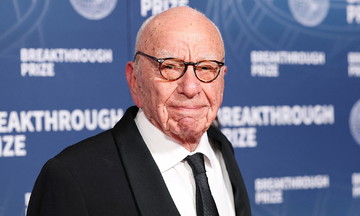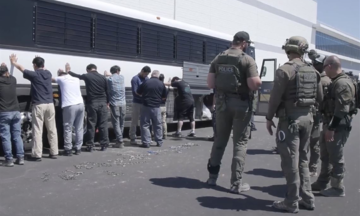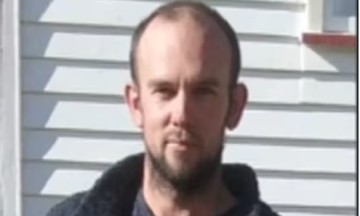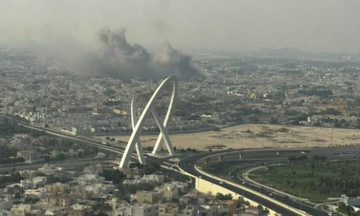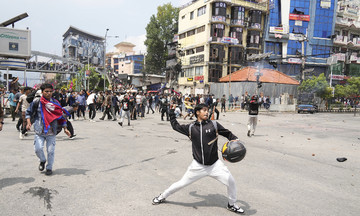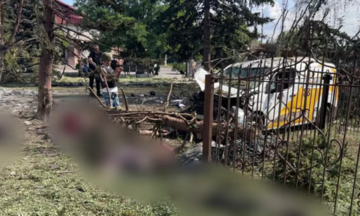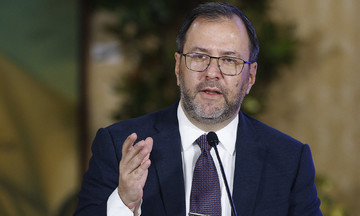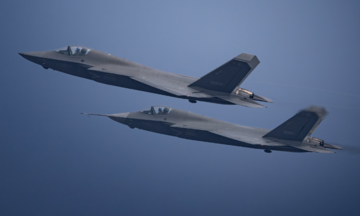 |
After Oli announced his resignation, hundreds of protesters stormed the parliament complex and set the main building on fire, according to Nepalese officials. |
Tens of thousands of people took to the streets of Kathmandu on 8/9 to express their anger after the Nepalese government blocked most social media platforms, including Facebook, X, YouTube, and Instagram. The government claimed these companies had not registered and complied with government oversight.
Popular platforms like Instagram have millions of users in Nepal who rely on them for entertainment, news, business, and messaging.
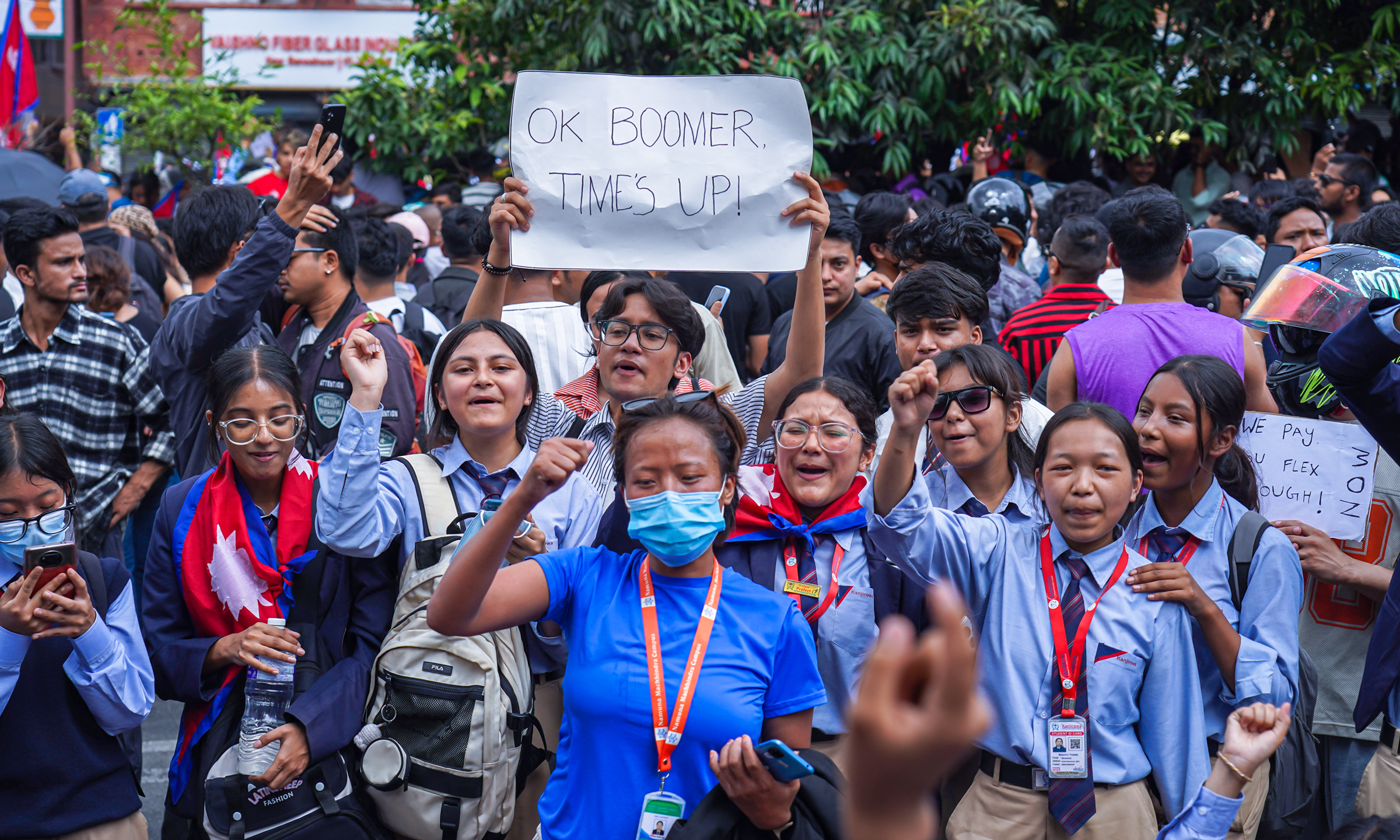 |
This was seen as a protest by "Gen Z," typically referring to those born between 1997 and 2012. "Stop the social media ban. Stop corruption instead of blocking social media," the protesting crowds chanted.
Since the previous weekend, TikTok users began circulating videos comparing the hardships of ordinary people with the lavish lifestyles of politicians' children. TikTok, unlike many other social media platforms, was not blocked.
 |
Protesters surrounded police armored vehicles outside the parliament building.
The Kathmandu Post reported that the issue was not just about social media, but also about trust, corruption, and a "generation that refuses to be silent."
"Gen Z grew up with smartphones, global trends, and the promise of a prosperous Nepal. For them, digital freedom is personal freedom. Cutting off their access is like silencing an entire generation," the newspaper stated.
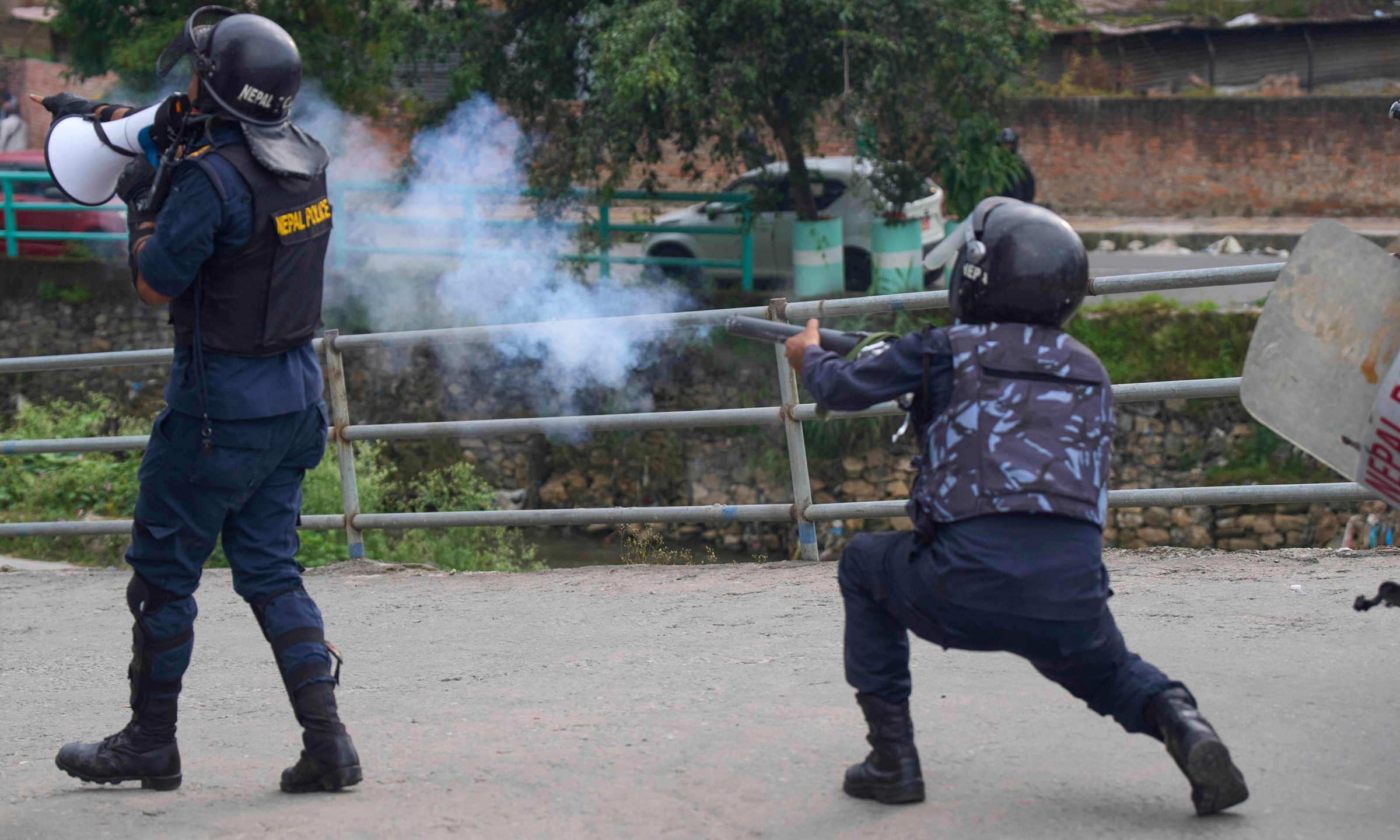 |
Nepalese police fired tear gas at protesters to disperse the crowds.
The crowd surrounded the parliament, broke through barricades, and forced riot police to retreat inside the building. Police initially used tear gas and water cannons, but were overwhelmed by the sheer number of protesters. Eventually, police opened fire on the demonstrators.
 |
The clashes resulted in at least 19 deaths, mostly young people, and around 400 injuries. The United Nations called for a prompt and transparent investigation into the situation in Nepal.
"Nearly 20 people were killed by the state, which shows the brutality of the police," said 23-year-old student Yujan Rajbhandari.
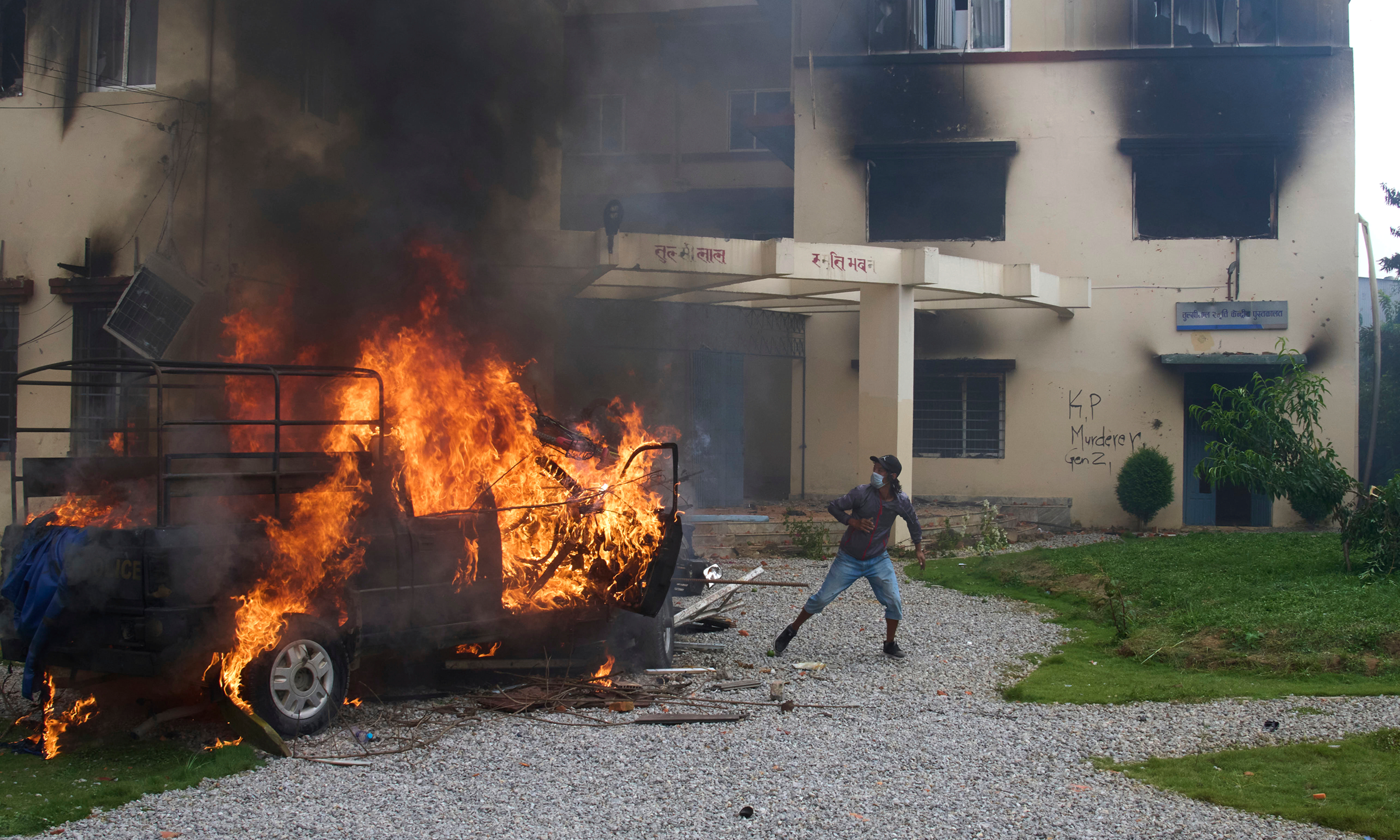 |
Nepalese Prime Minister KP Sharma Oli ordered an investigation into the shootings, and authorities lifted the social media ban.
By 9/9, social media platforms were back online in Nepal, but protests continued despite a curfew, partially closing the international airport in Kathmandu.
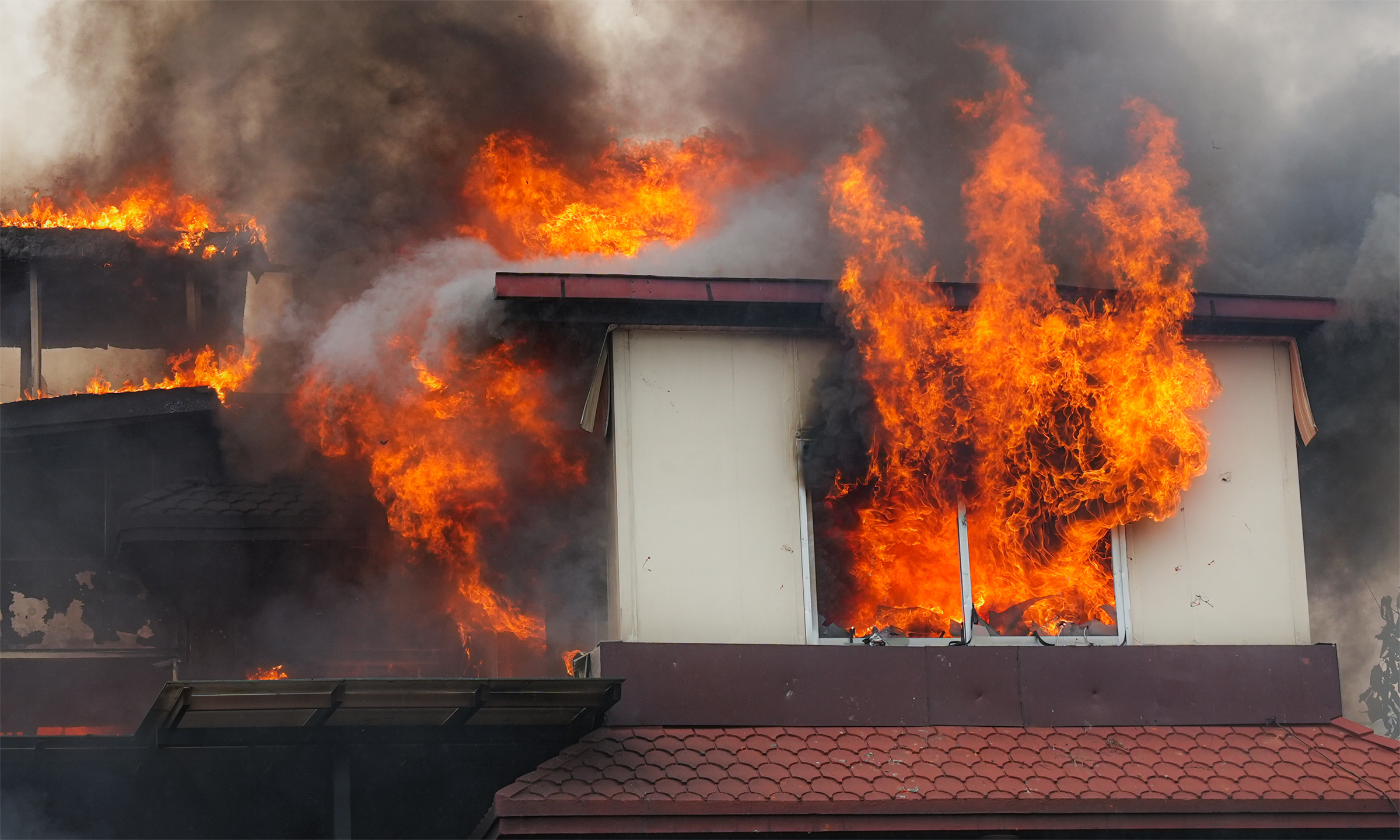 |
Oli's house was set on fire by protesters.
Prime Minister Oli announced his resignation to "take the next steps toward a political solution and address the issues."
The announcement came after hundreds of protesters stormed his office. The prime minister's private residence in Bhaktapur, about 13 km from Kathmandu, was also set on fire by protesters.
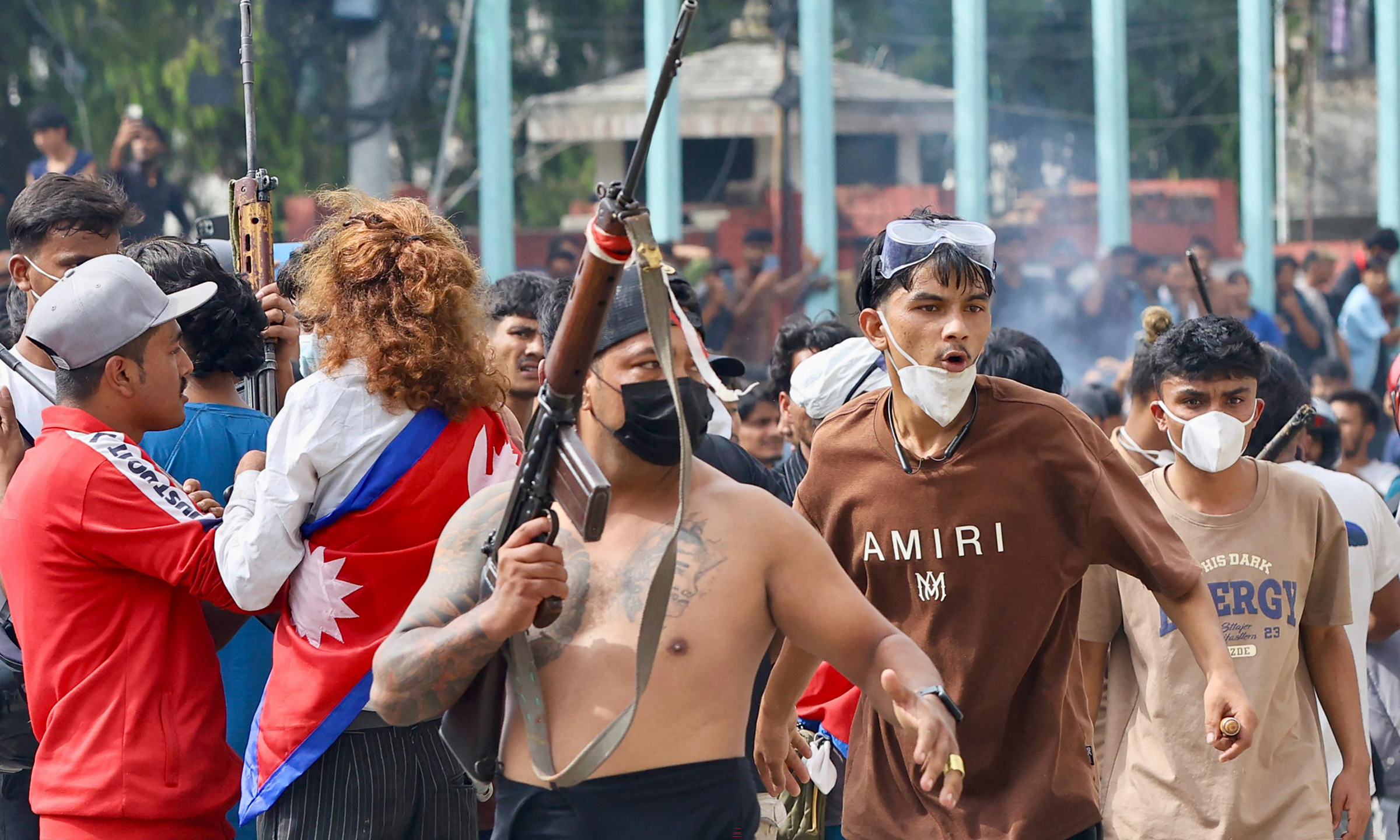 |
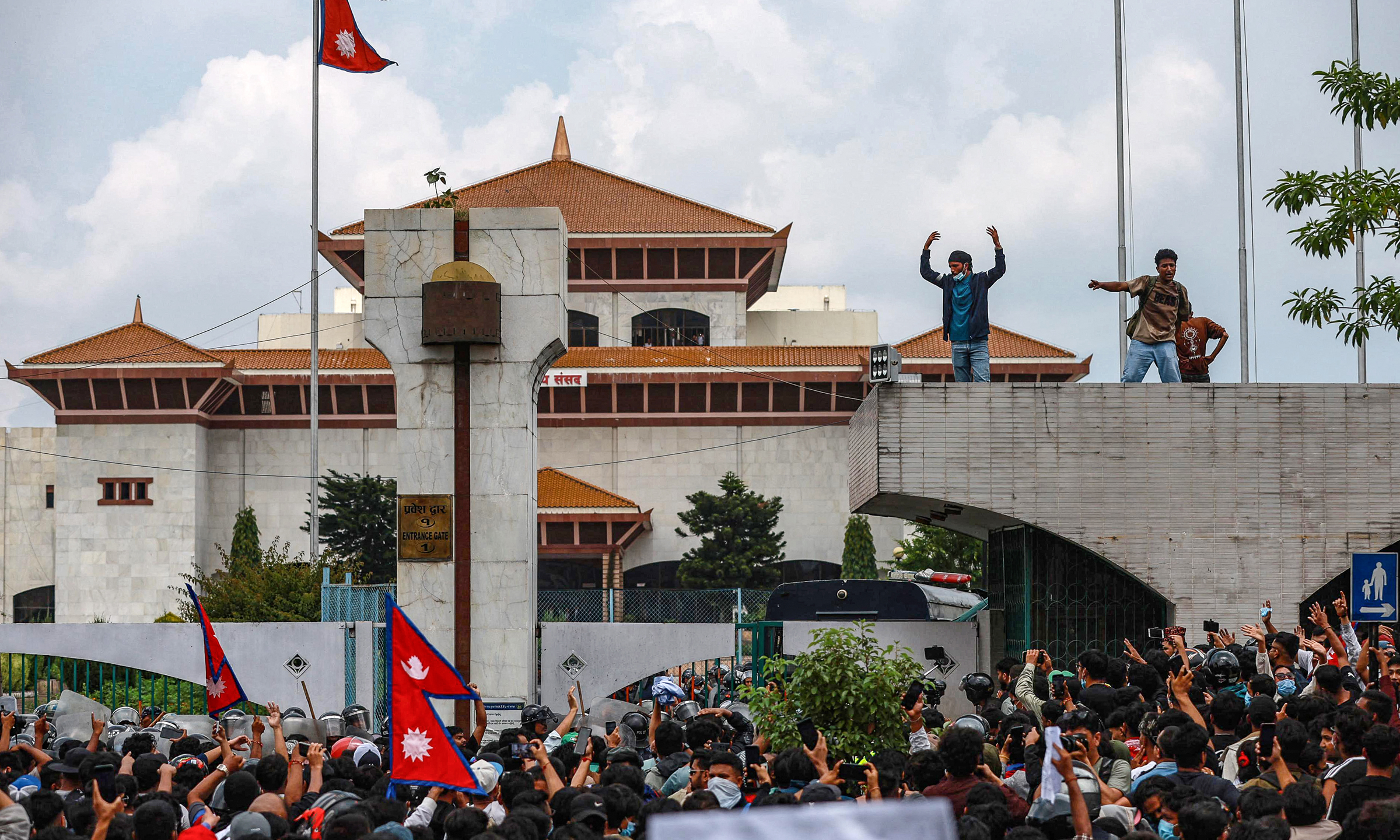 |
In addition to the parliament building, protesters targeted other government buildings and the properties of politicians.
According to Nepalese government data, the country has a young population, with 43% aged 15-40. The unemployment rate is around 10%, and GDP per capita is 1,447 USD, according to the World Bank.
Pham Giang (Photo: AP, AFP, Reuters)



